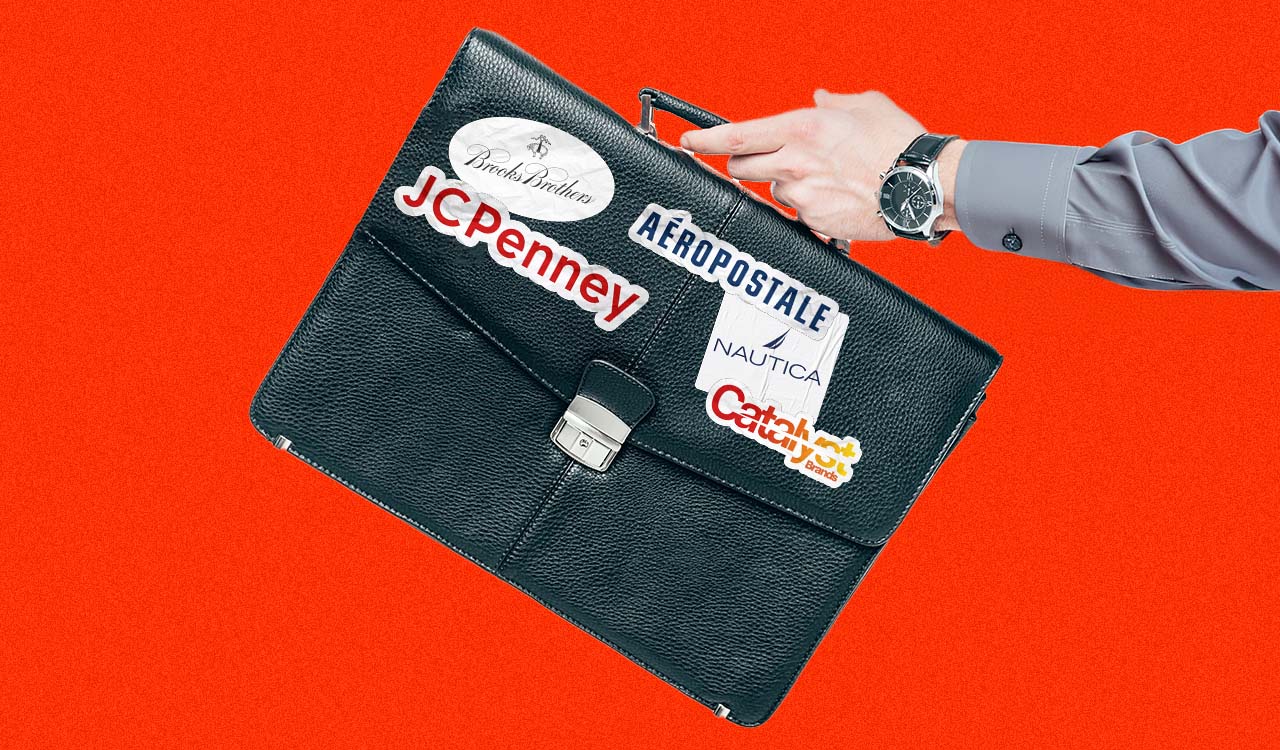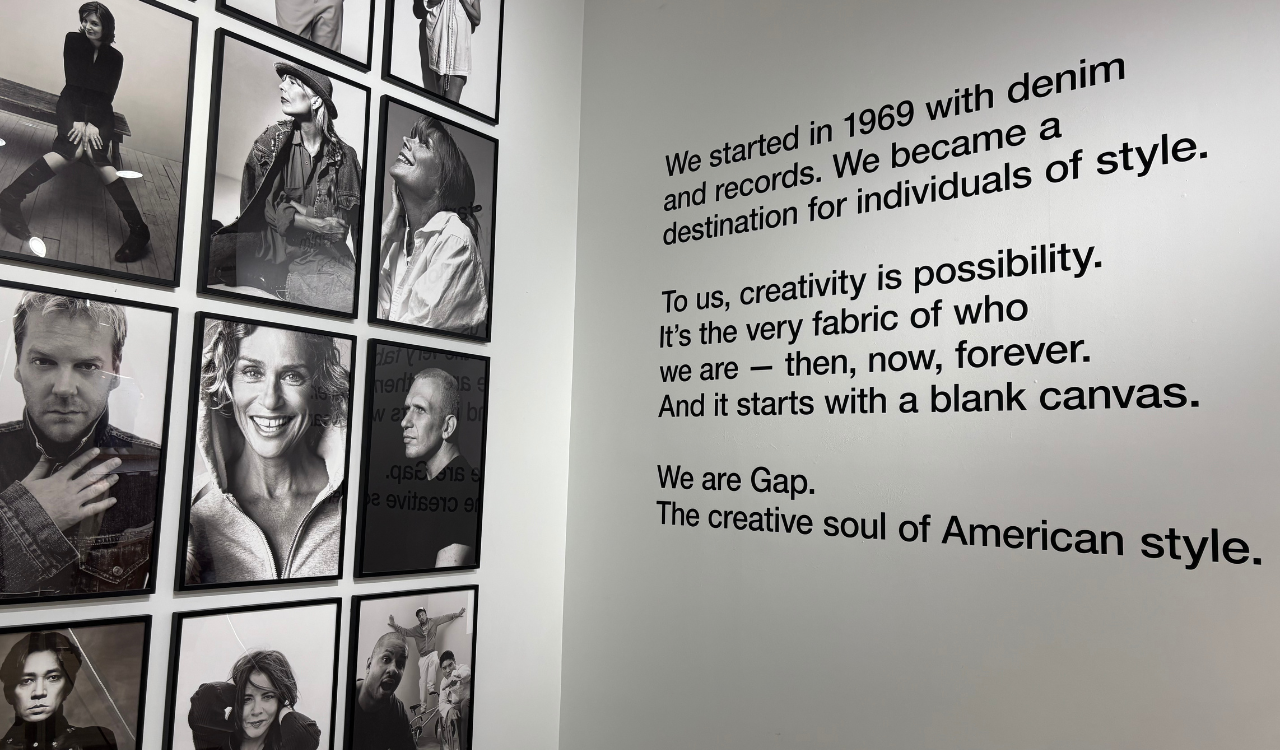When we hear the word catalyst, we think of an agent of change. But the scientific definition of the word catalyst is much more precise: It’s an agent of change but doesn’t result in any permanent change to itself.
It’s way too early to understand exactly what comes next for Catalyst. In announcing the deal Rosen, in his best boilerplate-speak is quoted saying, “Catalyst Brands brings together the rich heritage of six unique brands with modern energy and a new vision for success. Together, we bring scale, expertise and broad appeal to customers across America. We will leverage our resources and best-in-class industry talent to grow our brands further.”
So, the news that broke last week that Marc Rosen made a merger between JCPenney and SPARC Group – parent of a number of undervalued retail brands including Aeropostale, Brooks Brothers and Nautica – to create a new entity called Catalyst Brands begs the question: Will this be a true change or will it end up not permanently altering the individual components? And in the blunt words of our founder, Robin Lewis, “Bundling a group of loser brands in loser malls doesn’t make for a winning formula.”
Catalyst Brands Origin Stories
The deal is certainly intriguing. It brings together Penney and a whole host of once-iconic brands that have fallen on hard times and are in the process of hopefully being resurrected. Besides the three mentioned, the roster includes Eddie Bauer and Lucky. (Another label, Forever21, looks like it is not part of the go-forward plan and is being shopped around.) Combined with the brands JCP already owns including Liz Claiborne, Arizona and Stafford, it’s a nostalgic collection of names that are in no danger of being scooped up by LVMH.
Still, Catalyst has some muscle behind it. In announcing the deal, it said it now has $9 billion in annual sales, 1,800 store locations, 60,000 employees and has “served more than 60 million customers over the past three years.” Perhaps just as importantly in an age when spreadsheet lines are more important than merchandising lines, Catalyst emphasized it has “$1 billion of liquidity.”
Marc Rosen, who has been CEO of Penney since late 2021 and is generally credited with working to get it back in shape, will now be running Catalyst. He brings a portfolio career that includes stints at Levi Strauss and Walmart, so he understands how to run branded businesses. He was also named a Robin Report Retail Radical in 2019.
Pay attention here: SPARC is a joint venture of Authentic Brands and Simon Property Group. Brookfield (Mall) Corporation is a shareholder of SPARC. Shein has a one-third stake in SPARC. Simon Property Group acquired JCPenney out of bankruptcy in 2020, and Simon and Brookfield jointly owned JCPenney. Now JCPenney has merged with SPARC to form Catalyst.
There’s a kind of convoluted interconnection among all these players and it’s never been clear who owns how much of what and who is truly calling the shots. The Catalyst deal offers any number of potential paths for all these brands to take. We’d love to speculate on what some of them could be. And we’re going to do just that.
Bigger and Better Brands Together for the Good of All
The optimist in us (maybe the naïve optimist) would like to believe that putting Penney together with this multi-brand line-up offers the possibility of creating a retail and branding colossus. Yes, some of the names are tarnished, but that’s more important to the trade than consumers. What rising tech executive still doesn’t want a Brooks Brothers suit for those rare occasions? What practical outdoor type isn’t searching for Eddie Bauer gear? And how many Gen Yers are at some obscure mall this very minute scoping out Aeropostale?
Liz Claiborne and Arizona are perennials that have weathered their own dark days and lived to talk about it. Overall, Rosen has done as good a job as anyone could in re-engineering JCP. Now with more brand toys to play with, he’s sitting on an interesting opportunity if it is managed properly.
Let’s Put on a Show
Perhaps the most obvious conclusion one can draw from the Catalyst Brands deal is that they will leverage all these brands in the marketplace. The obvious first place to start would be to put more SPARC brands onto the Penney selling floor. Right now, JCP carries Eddie Bauer and a few Nautica fragrances but no Brooks Brothers, Aeropostale or Lucky. Brooks might not be a great fit, especially if the plan is to try to keep this brand upscale, but the others would all seem candidates to break into the JCP assortment.
This could also go the other way with Liz and Arizona open to third-party distribution through other retailers. Claiborne used to be a popular mainstay in department stores, and although that day is probably well over, who’s to say it couldn’t show up in Brooks Brothers stores – or at least on its website?
There’s also the synergy that comes from 1,800 stores working together… somehow. A group credit card and loyalty program? Maybe co-located in malls beyond the Simon/Brookfield universe? Better rents and locations in current malls? Shared back office, sourcing and logistics at the very least? Certainly, there are positives to be gained from this marriage. But like any hook-up, there are also pitfalls and so many personal and professional marriages end up in divorce. Catalyst: be forewarned.
Spin-off, Baby, Spin-off
Now we move into the more cynical, skeptical side of this speculation. At some point, Simon and Brookfield have to be saying, “Do we really want to be in the business of owning our tenants? (It never stopped Eddie Lampert.) How do we get out of this thing and maybe get our investment back? (Homage to Eddie).”
That could lead to Catalyst going public and being sold off to some private equity investor (God knows who) or somehow being extricated from its current owners. This is something that wouldn’t be unprecedented or shocking. ABG has been trying to go public for years, coming close, only to pull the plug on an IPO in 2021. This could be a way to monetize some of its holdings because, as we all know, ABG impresario Jamie Salter always needs a few more homes (12 and counting) that he can pay for in cash.
This plan wouldn’t necessarily be mutually exclusive with the above two scenarios. Catalyst could embark on those plans while also looking to part ways with Simon and Brookfield. What exactly Shein is doing with all of this and how it fits is beyond our pay grade.
Catalyst on a Hot Tin Roof
It’s way too early to understand exactly what comes next for Catalyst. In announcing the deal, Rosen in his best boilerplate-speak is quoted saying, “Catalyst Brands brings together the rich heritage of six unique brands with modern energy and a new vision for success. Together, we bring scale, expertise and broad appeal to customers across America. We will leverage our resources and best-in-class industry talent to grow our brands further.”
Rosen also picked up on the catalyst: concept, “The word ‘catalyst’ reflects our drive to accelerate innovation and energy and amplify the impact of this powerhouse portfolio.” Somehow, he missed that whole other meaning about things stuck in stasis and never changing at all.




